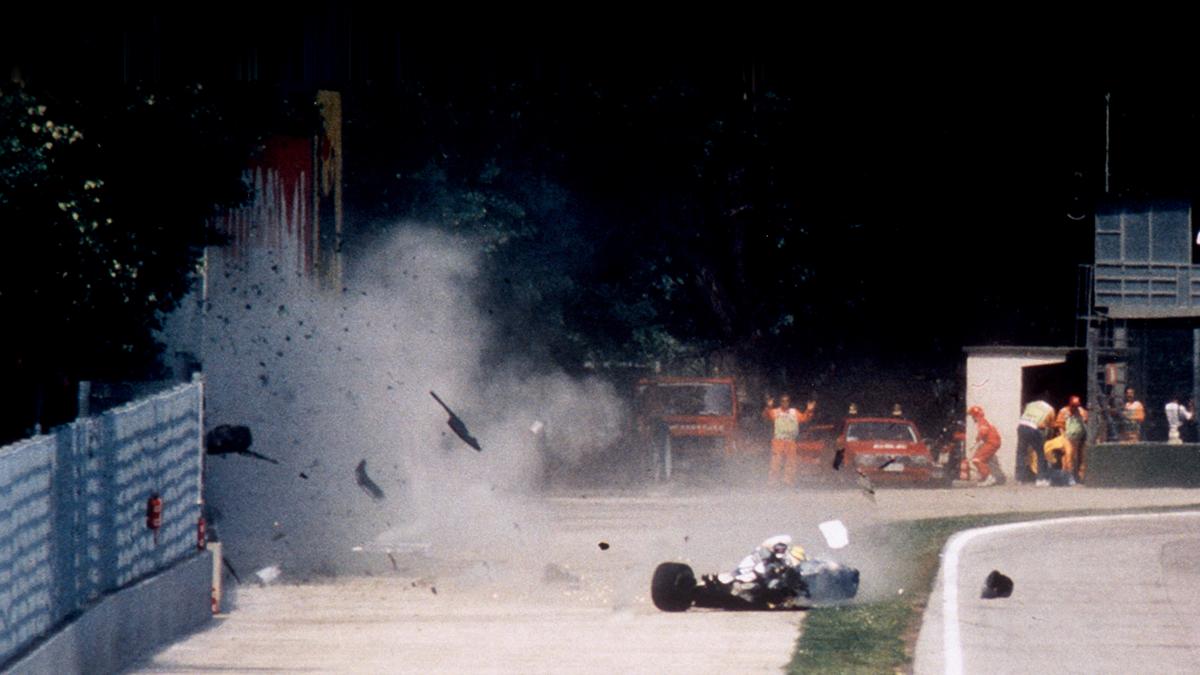
Senna SemprePremium
The Hindu
Ayrton Senna's fatal crash at Imola in 1994 led to significant safety improvements in Formula One.
There are moments in time, however tragic they may be, that change the course of history and even force changes for the good.
May 1, 1994, was one of those seminal moments in the history of Formula One. Arguably the greatest driver to have graced the sport until then, Ayrton Senna da Silva suffered a fatal crash on the seventh lap of the San Marino Grand Prix while leading the race at the now-infamous Tamburello corner of the Autodromo Enzo e Dino Ferrari circuit in Imola.
It marked one of the darkest chapters in the championship since its inception in 1950. Senna’s crash on Sunday was the second fatality of that weekend after Roland Ratzenberger had lost his life during qualifying on Saturday. The Austrian driver hit a wall at high speed when his Simtek Ford suffered a front-wing failure. In fact, it was F1’s weekend from hell. On Friday, another Brazilian, Rubens Barichello, had a severe crash during practice when he hit a kerb and got launched into the barriers. Only the timely intervention of F1 doctor Sid Watkins saved his life.
The three-time World champion moved to the all-conquering Williams F1 team for the ’94 season after his long stint with McLaren, where he had won all his titles. In 1992 and 1993, Williams dominated the sport after mastering the Active Suspension Technology, powering Nigel Mansell and Alain Prost to the driver’s crown. However, in 1994, the FIA banned electronic driver aids like active suspension, traction control and launch control. And Williams struggled during the initial part of the season.
Senna did not score points in the first two races when he crashed out in his home race in Brazil before being taken out by Mika Hakkinen in the second one in Aida, Japan. In Imola, the Brazilian took pole position. There was a massive crash on the opening lap. Pedro Lamy, in his Lotus, hit the rear of JJ Lheto’s Benetton, which stalled on the grid. The Safety Car was brought in to clear the debris for the next five laps before racing resumed on lap six.
On lap seven, Senna’s car veered straight into the concrete barrier as it approached the fast left-hander Tamburello corner. The driver suffered severe injuries when one of the tyres hit his helmet while a piece of suspension also pierced past his visor. There have been many theories surrounding the reason for the crash, from a driver mistake or a puncture to a steering column failure and even a drop in tyre pressure due to running behind a very slow Safety Car. Senna was given emergency treatment at the track before being airlifted to a hospital in Bologna, where he was pronounced dead three hours later.
Prior to the events in Imola, F1 had not seen a casualty during a race meeting since Riccardo Paletti’s fatal crash at the 1982 Canadian Grand Prix. The deaths of Ratzenberger and Senna sent shockwaves across the world and illustrated the dangerous nature of motorsport.











